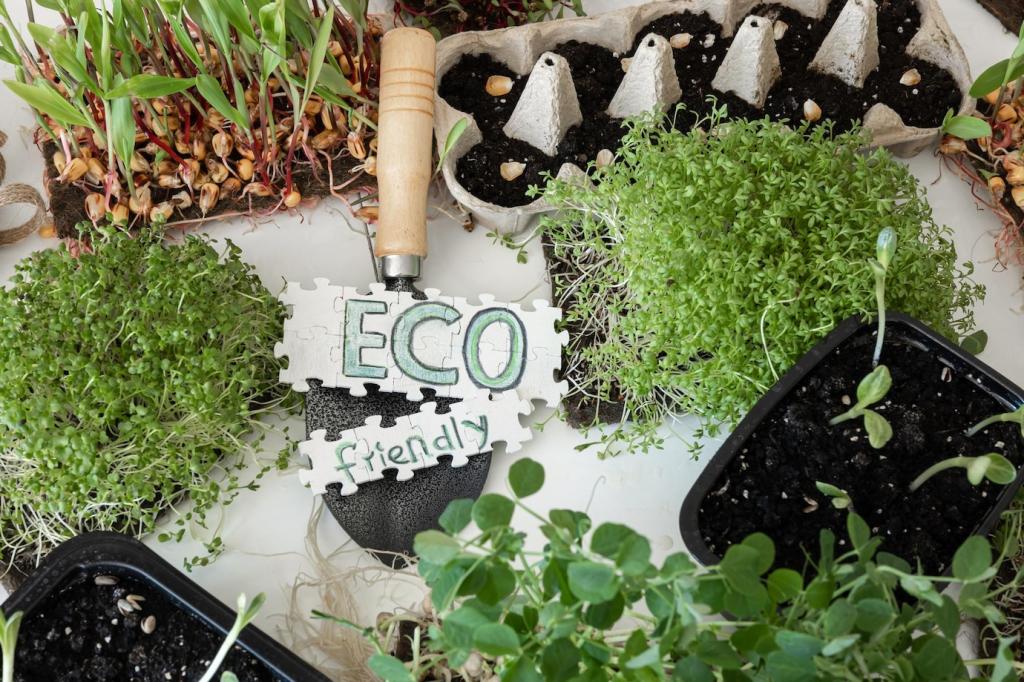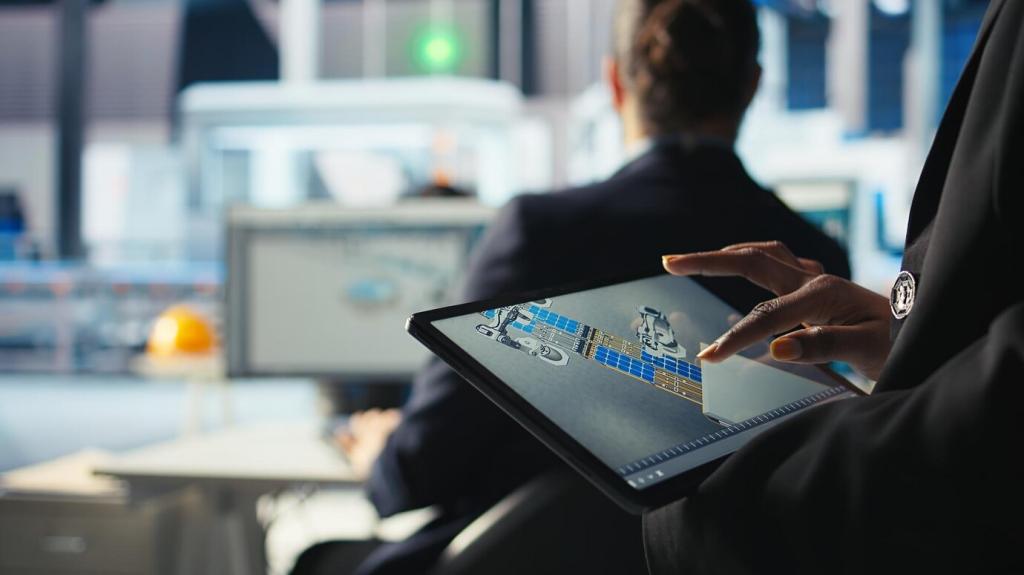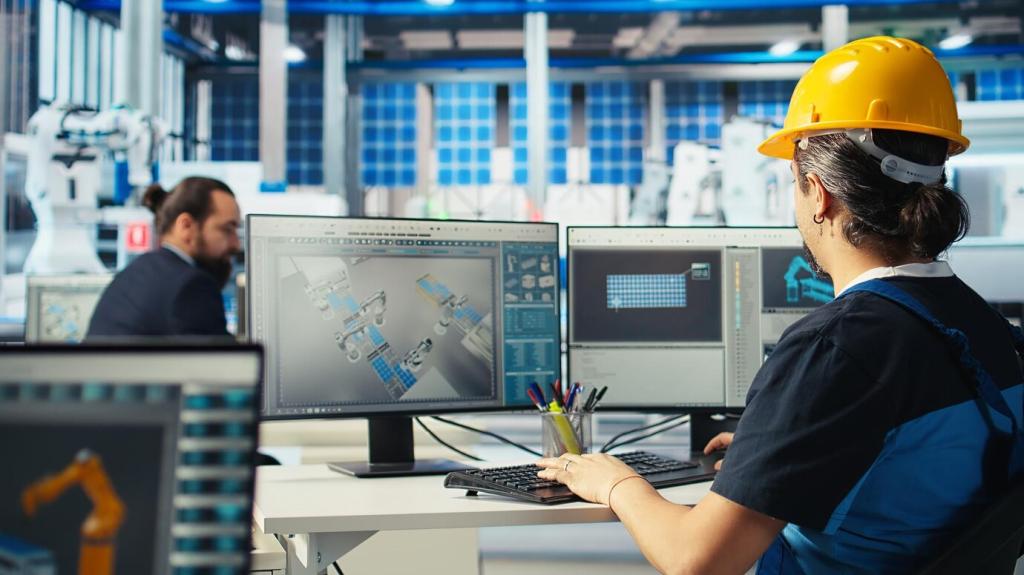
The Rise of Minimalism in Green Design
Today’s theme: The Rise of Minimalism in Green Design. Welcome to a calm, inspiring space where fewer choices create more impact—on the planet, your home, and your peace of mind. Subscribe, comment, and grow with a community shaping lighter, lasting living.
Why Minimalism Amplifies Sustainability
01
Fewer objects mean fewer materials extracted, processed, shipped, and eventually discarded. Minimalism trims the lifecycle impact at every stage, lowering embodied emissions and long-term waste. Share a recent item you decided not to buy and why.
02
Clear, uncluttered design highlights what matters: durability, repairability, and non-toxic materials. When the noise falls away, quality stands out. Comment with your go-to durable product that outlived a trend and still earns its place.
03
A reader downsized to two boxes, keeping essentials only: a table, a lamp, and tools. Months later, energy bills dropped, cleaning simplified, and weekend time returned. What would be in your two boxes? Tell us below.

Material Choices that Echo the Minimal Ethos
Choose FSC-certified wood, recycled steel, and limewash or clay plasters that celebrate natural texture. Fewer layers, fewer toxins, more character. Which material do you love that looks better with age? Share your experience.
Light, Space, and the Quiet Tech of Efficiency

Strategic window placement, light shelves, and skylights cut reliance on artificial lighting, guiding circadian rhythms and comfort. What daylight trick brightened your space—sheer curtains, lighter walls, or mirror placement? Share and inspire others.
Decluttering as Climate Action
Audit, Then Act
List the categories you routinely overbuy—cleaners, cables, storage bins—and set a pause rule. Use what you have first. Report back after two weeks with what you avoided purchasing and how it felt.
Designated Zero-Drawer
Create one drawer for essentials only—tape, scissors, chargers—and defend it from clutter. Boundaries build habits. Has your zero-drawer succeeded? Share what made it stick, and what still sneaks in.
Community Swap Ritual
Host quarterly swaps to rehome quality items. Minimalism thrives when objects circulate, not accumulate. Post a comment if you want a template invite and we’ll share a quick, printable version.
Furniture and Layout: Fewer Pieces, Greater Purpose
Choose pieces that do three jobs: a bench that stores, seats, and serves; a table that expands and folds. Which multifunctional item changed your daily routine most? Describe how it streamlined your space.
Furniture and Layout: Fewer Pieces, Greater Purpose
Opt for furniture with visible fasteners and replaceable parts, not mystery adhesives. Repair extends life and honors materials. Drop a link to a local repair shop or share your own DIY fix story.


Minimal Branding for Green Businesses
Whitespace That Saves Ink
Design with fewer colors, line art logos, and ample whitespace to cut ink, coatings, and energy. Have you redesigned packaging recently? Share a quick metric—ink coverage reduced or weight saved.
Calm Commerce, Longer Lifecycles
A minimal product page highlights durability, repair options, and refill programs. Customers buy mindfully, return less, and stay longer. What single message increased loyalty for you? Comment so others can test it.
Case Note: The Refill Studio
A small shop dropped glossy boxes for simple kraft sleeves and a refill wall. Costs fell, brand trust rose, and waste bins shrank. Tell us your favorite refillable product and where you source it.



